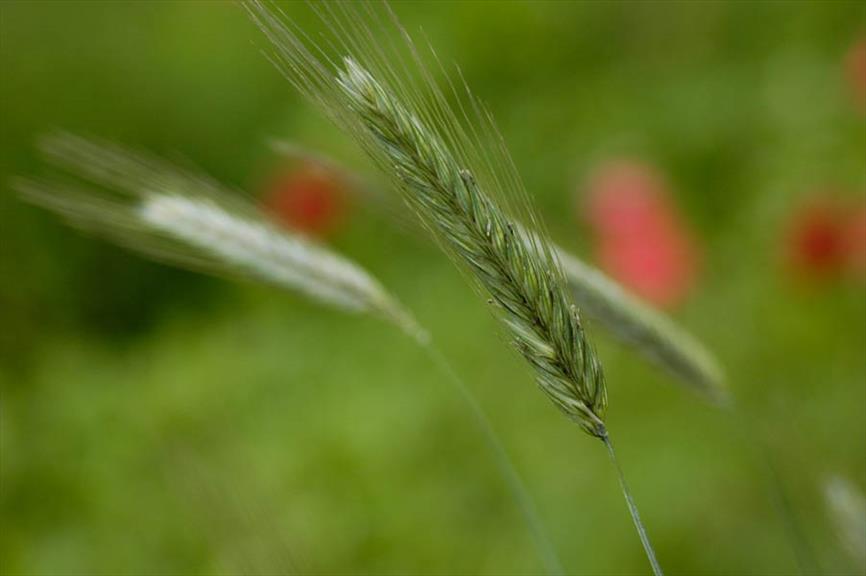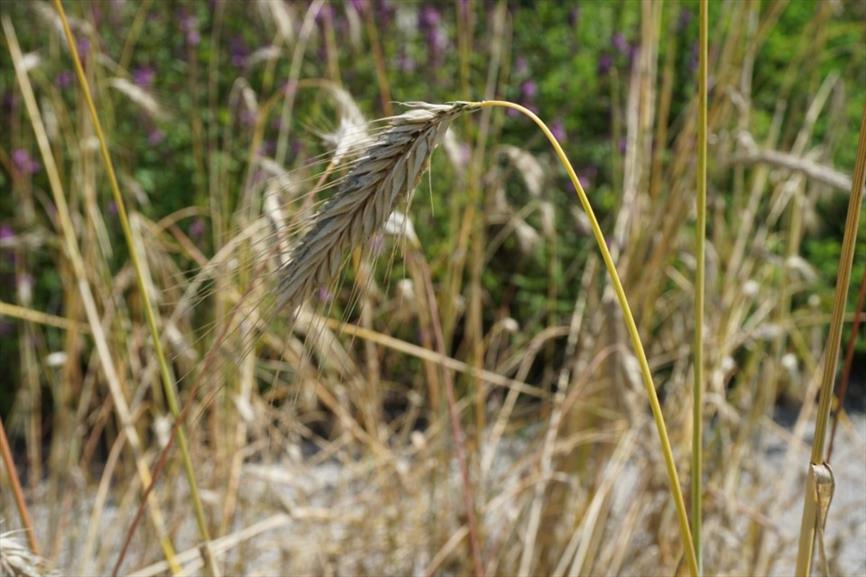Rye
Secale cereale
Grass family (Poaceae)
The stories related to this plant are still being edited.
Themes
Rye is beneficial to the environment. It is used as a cover crop to reduce soil erosion, enhance soil water retention, contribute a green manure and reduce weed growth. Rye and the straw thereof forms a relatively low-quality animal feed still be used for this purpose. Other applications include adhesive, straw roofs and papermaking. Currently research is being conducted into the use of rye as a source of bioenergy.
Rye is the most winter hardy of the grains and tolerates poor soils. It can be grown on soils too acidic for wheat. It also has the longest culms of all cultivated grains.
Rye grain is used for flour, rye bread, rye beer, crisp bread, some whiskeys and vodkas. It has a lower gluten content than wheat flour.
In India and Europe rye is sometimes grown as a host plant for ergot (Claviceps purpurea), which is used medicinally as a treatment for migraine. Rye pollen extracts are also used as a medicine against benign prostatic hyperplasia and are commercially available in western Europe, Japan, Korea and Argentina.
Details
| Description: | Grasses, incl. bamboes, up to 1.5 m; in contrast to the seeds that can survive temperatures down to -20oc, the plant itself is not frost hardy. |
|---|---|
| Distributions: | Southwest asia. |
| Habitat: | Mountains. |
| Year cycle: | Flowers only once (monocarpic annuals) |
| Hardiness: | 23 - 34 f (half-hardy - unheated glasshouse/mild winter) |
| Flowering period: | April - mei |
| Flower color: | White, green |
| Notes on flowers: | Inflorescence is a (usually) two flowered spikelet. |
| Fruiting period: | Mei - juni |

